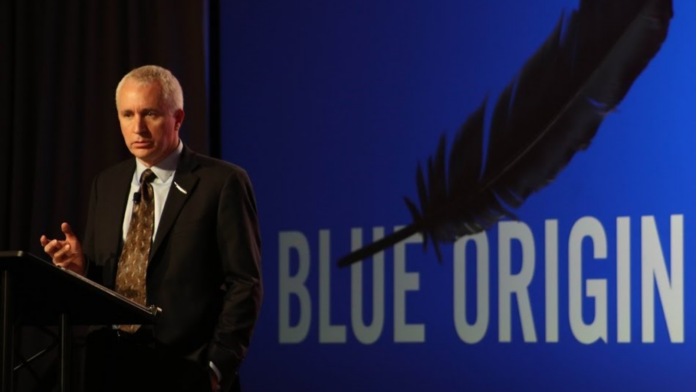In the ever-expanding realm of space exploration, a groundbreaking startup is setting its sights on the moon’s untapped resources, aiming to revolutionize how we think about extraterrestrial materials and their potential uses back on Earth. Co-founded by Rob Meyerson, a notable figure with a rich history in the aerospace sector, including a significant tenure as president of Jeff Bezos’ Blue Origin, this venture is on a mission to pioneer the extraction and utilization of lunar resources.
Interlune, the company at the heart of this ambitious project, has recently made waves in the aerospace community with its successful funding round. As of February 1, according to a document filed with the Securities and Exchange Commission (SEC), Interlune has put forth an equity offering of $17.7 million, with an impressive $15.6 million already secured. This funding round has attracted the interest of 18 investors, whose identities remain confidential. The startup’s innovative vision and the intriguing potential for a sustainable in-space economy have undoubtedly played a key role in this achievement.
The company, though shrouded in secrecy until recently, unveiled its bold objectives at a notable awards banquet last October. Gary Lai, a co-founder and engineer from Blue Origin, shared Interlune’s vision of becoming the first entity to harvest natural resources from the moon for Earth’s benefit. The venture aims to develop a novel and responsible method for extracting these resources, emphasizing efficiency, cost-effectiveness, and sustainability.
Interlune’s journey is not just about securing investments; it has also been recognized with a $246,000 grant from the National Science Foundation. This grant supports the development of technology to sort lunar soil by particle size, a critical step towards realizing their resource extraction goals.
The company’s roots can be traced back to various locations, including Seattle, Tacoma, Washington, and Estes Park, Colorado. Meyerson’s extensive experience in the aerospace industry, along with his post-Blue Origin engagements, including a board position at Axiom Space, underscores his invaluable contribution to this venture. Interlune’s executive team also boasts impressive names, such as Harrison Schmitt, an Apollo 17 astronaut, Indra Hornsby with a background at Rocket Lab USA, and Katelin Holloway, a venture capital pioneer.
As NASA’s Artemis program rekindles human aspirations to return to the moon, the interest in lunar resource extraction has surged. Water ice, with its potential to support life and fuel exploration, tops the list of coveted resources. However, the moon’s bounty extends far beyond, offering possibilities for manufacturing, precious metals, and even helium-3, a tantalizing prospect for future energy needs.
Interlune’s initiative is more than a bold venture into unknown territories; it represents a significant leap towards a future where the moon plays a pivotal role in Earth’s economy and sustainability efforts. By harnessing the moon’s resources, we open the door to endless possibilities, from supporting long-term space missions to enhancing our capabilities back home.
This exploration and utilization of lunar resources by Interlune not only mark a significant milestone in aerospace innovation but also pave the way for a new era of space economy. As we stand on the brink of this new frontier, the potential for growth, discovery, and sustainability in space exploration has never been more exciting.











